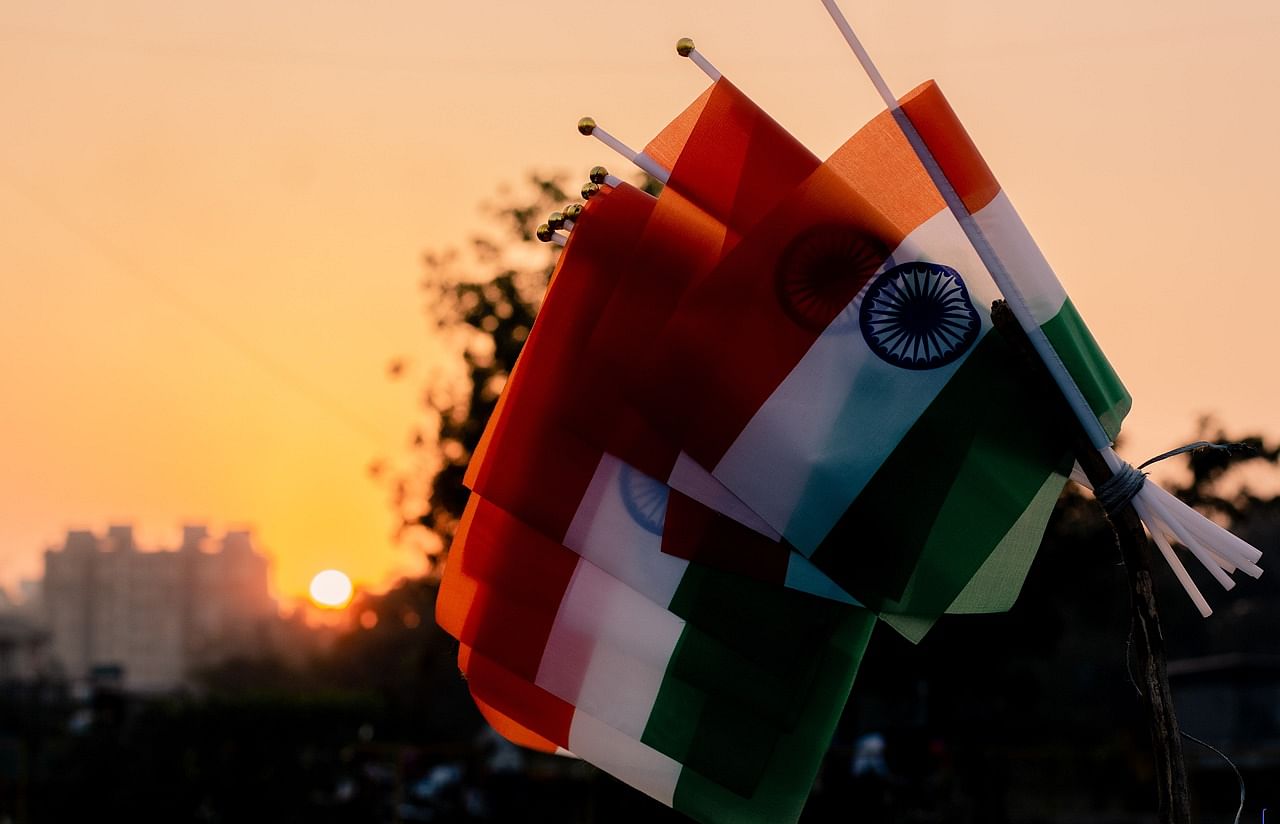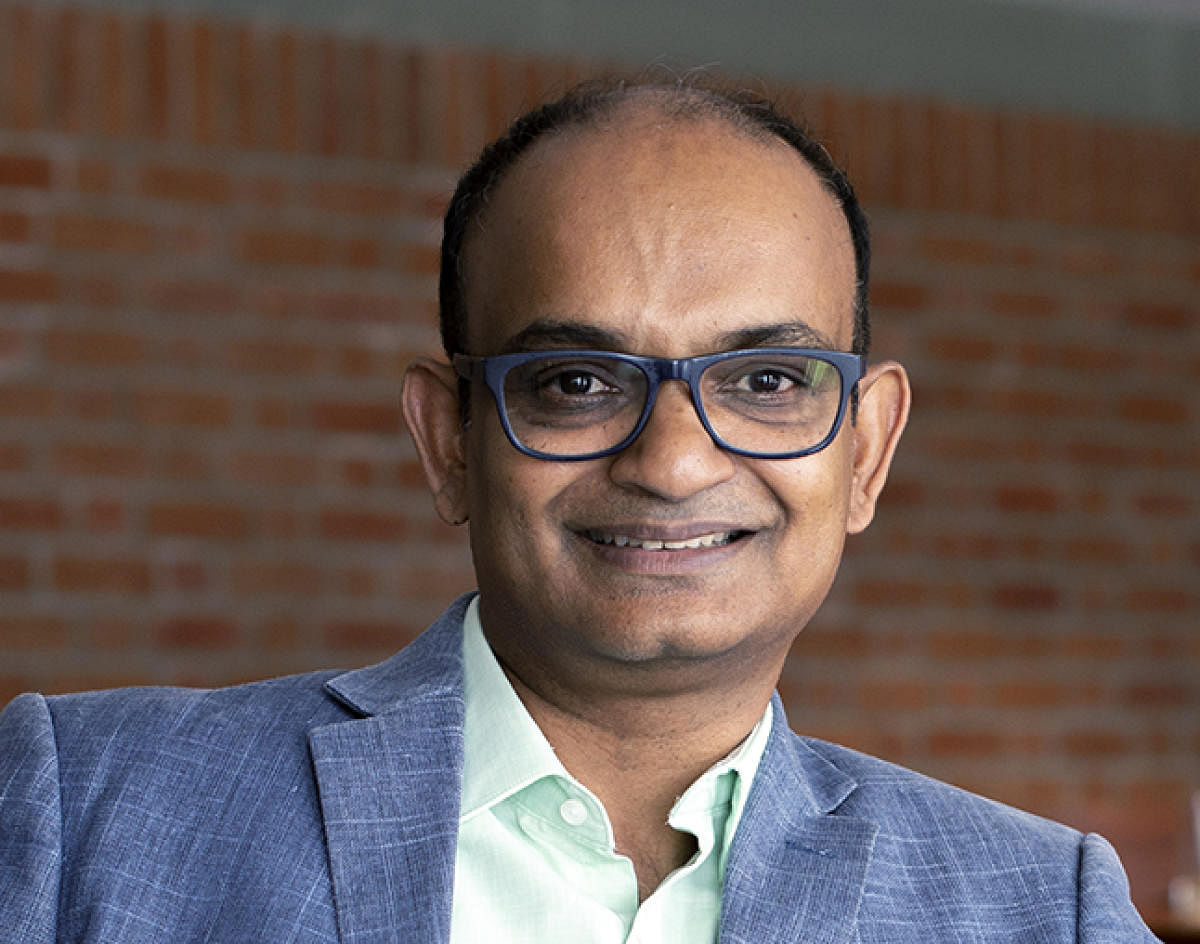

The eastern end of MG Road in Bengaluru is identified by the Trinity Church landmark and is called Trinity Circle. However, a vast majority of people would not even know of the existence of the imposing church at that location. It is very much visible, but non-existent for most people because they do not identify with it. Some older residents of Bengaluru might identify the same location with Lido Theatre from the British times, which has now given way to the Lido shopping centre. Yet others might identify the same location with Taj Residency, the hotel that has been around for a few decades. For others, the landmark would be the Gurdwara round the corner. And few know of the ancient Someshwara Temple, less than 600 meters from the Gurdwara, which dates to the Chola period. The homes and streets around the temple have probably not changed in the past 200 years!
Truth is, diversity exists in India in parallel planes of realities. The fact is also that Indians never documented their history and culture well enough. So, it is welcome if a scholarly attempt is made to document India’s culture in a systematic and inclusive manner. Such a study would include aspects of professions, languages, religions, philosophies, social organisation, traditions, literature, art, architecture, music, and science. Such a study would look at India’s influence on the world and the world’s influence on India. It would be respectful of the rich cultural histories of the under-represented regions and classes. Such a study would leverage modern advances in genetics and data sciences. It would further enhance the diversity of Indian culture.
Also Read | A history to fit Hindutva
Importantly, such a study can start with a hypothesis, but not with a mandate. And it would be performed over at least a decade, with regional and national teams, a quality function, a programme office, and allocated programme funding. Museums around the world have Indian cultural pieces and universities around the world have scholars on Indian culture. Hence, it would be appropriate to have collaborations globally to leverage knowledge from all sources.
Union Minister Prahlad Patel recently announced a committee to study the origin and evolution of Indian culture over the past 12,000 years and its interface with other cultures of the world. A committee and round-table approach will find it difficult to achieve scholarly progress on the matter of Indian culture. Let me refer to the area of Indian metal making traditions to explain what I mean.
In January 2016, I had the wonderful opportunity of visiting the conservation areas of the Rijksmuseum, the National Museum of Amsterdam. I spent time with the metals department of the museum. Here, we were introduced to a team that had in-depth knowledge of metal making techniques used in ancient Indian bronzes.
They spoke at length about the perfection they observed in the Chola bronzes. The Nataraja on display at the Rijksmuseum, for example, had zero defects even under an X-ray examination! The researchers at the Rijksmuseum were unable to conclude what metal-working techniques result in a bronze with absolutely no internal defects. The Chola bronzes are a showcase of creativity and engineering skills and find place of pride in major museums around the world. The Cholas are recorded in history from about 300 AD to 1279 AD. However, the bronze making tradition might date back to 2500 BC, the antiquity of the ‘dancing girl’ found in the Indus valley.
In 2009, I had visited Swamimalai in Tamil Nadu, where it is quite amazing to see the artisans working in the same manner as maybe our ancestors did some 4,500 years ago!
Another example, one must discuss in the context of Indian metal working tradition from the past is that of carbon steel. Carbon steel is the most used engineering material today and accounts for 85-90% of steel produced worldwide. To tell this story, one must talk about Sharada Srinivasan of the National Institute of Advanced Studies, Bengaluru. I first met her when she visited us at GE Global Research in Bengaluru. Sharada has a PhD in archaeometallurgy and has worked on topics such as the Panchaloha and Wootz steel. She concluded that high-grade ultra-high carbon steel was indeed produced by crucible processes in South India. There is now a general agreement that the Damascus steel, which made its way into the Western world through the crusades, was produced in India rather than in Damascus and was known as Wootz steel, potentially derived from the word “ukku” which means steel in Telugu. It is speculated that Wootz steel was made in India from 500 BC to about 1600 AD and the process of making it was passed on through oral tradition by the master smiths. If the Indian smiths had documented the science behind their craft, the craft might have survived to the present ages.
A third example I would like to share from India’s metal working culture is nanosilver. Currently, nanosilver is being used in microcidal applications from washing machines to wound healing. For the longest time, silver beaten into thin sheets has been used on our sweet-meats and on paan (betel leaf with various admixtures inside). I picked up a few sheets of these silver foils to verify their nanostructure and purity. The results from transmission electron microscope analysis verify the purity of silver (very few precipitates high in carbon) and the existence of a nano-microstructure with severe deformation. Current research points to the anti-viral, anti-inflammatory, re-epithelialization, and anti-haemorrhagic properties of silver in its nano form. It is interesting that the way silver gets its nanostructure in this case is by taking normal metallic silver and pounding it to its nano form! The use of nano-silver is an age-old technology in India. With these three examples, it is obvious that to document just one part of our history – the metal working aspects of Indian culture -- we need qualified resources, field work, lab work, access to artifacts, and the scientific temper to document and advance what is known and acknowledge what is not known, without resorting to wild speculation where data is unavailable. This will be true for all other aspects of Indian culture as well.
An excellent attempt at documenting culture is the Don Bosco Centre for Indigenous Cultures in Shillong. I would not hesitate suggesting using the Don Bosco Centre as a template for cultural studies. Traveling in India, I have been amazed by its diversity. From the creation myths of the seven tribes of the North-East to the Wazwan spread of Kashmir to the hospitality of Rajasthan to the Indus sites of Gujarat to the temples of Chhattisgarh to the Churches of Goa to the Buddhist structures of Maharashtra to the folk songs of Andhra Pradesh to the six orthodox schools of Indian Philosophy, to the Vedas and the Upanishads, to the practical teachings of Thirukkural, Indian culture is an ocean and needs to seen and treated as such. How does one trace the origin of an ocean and its continuum?
(The writer is founder of Myelin Foundry, an Artificial Intelligence start-up in Bengaluru. He was previously Group CTO, Tata Sons, and MD, Jack F Welsh Technology Centre, Bengaluru)